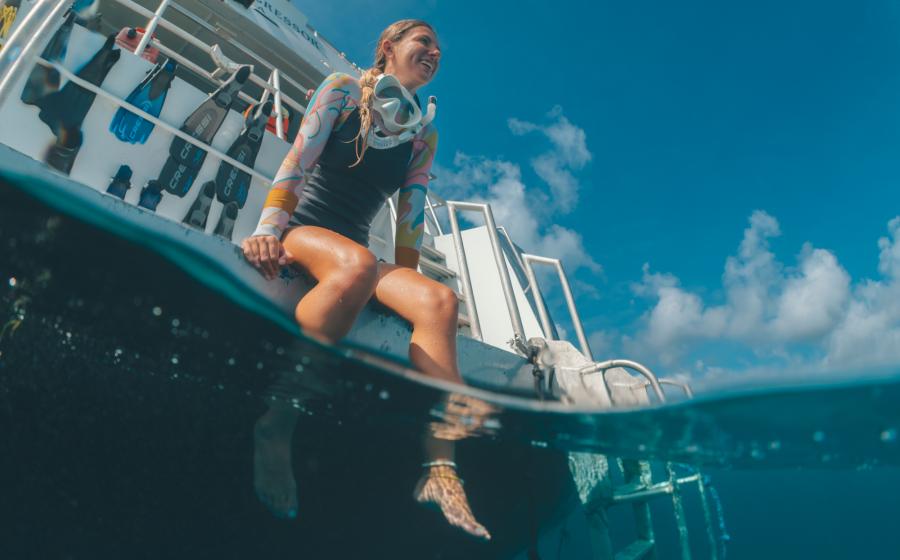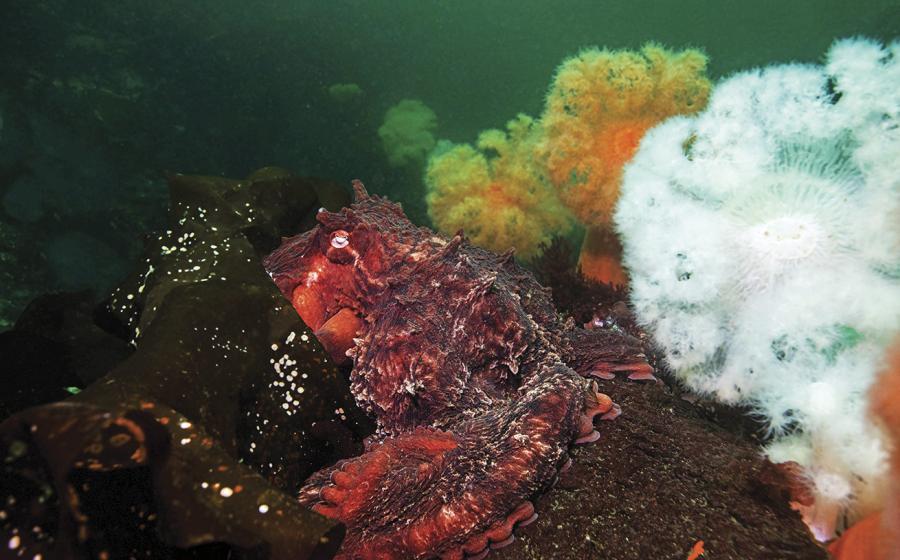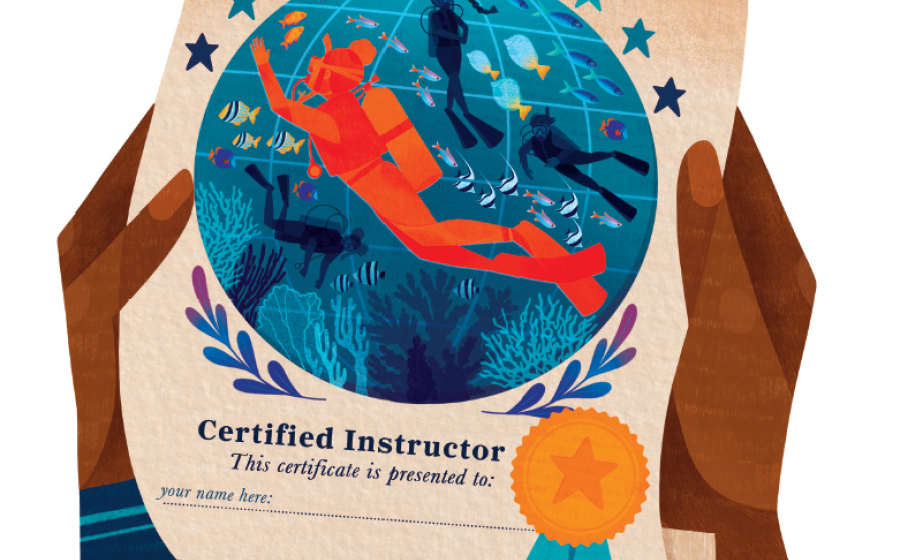What is a PADI Rescue Diver Certification?

PADIBecome a true underwater asset, no matter the situation.
Life as a diver begins with an Open Water instructor guiding you through the basics of safely exploring underwater yourself. In the PADI Rescue Diver course, you will look beyond your own dive experiences, and focus on helping and supporting other divers.
Benefits
Don’t let the “rescue” part scare you—completing the PADI Rescue Diver course doesn’t mean local law enforcement will call you up for search-and-recovery missions. It’s about developing situational awareness in a wide range of conditions to recognize and solve potential problems before they turn dangerous. And if there is an emergency, you’ll be prepared with skills that just might save a life.
The ability to help other divers is a clear benefit of PADI Rescue Diver, but there are other important benefits. When you feel more confident and in control underwater, you’ll become a better dive buddy, diving will become more enjoyable, and you’ll be preparing yourself for leadership experiences like the Divemaster course.
What You’ll Learn
Unlike most dive classes that prioritize skills under the water, PADI Rescue Diver mostly takes place on the water’s surface. In both pool and open-water sessions, you and your classmates will take turns role-playing as rescuers, victims and bystanders in a variety of scenarios, learning the importance of taking on specific roles and moving quickly in rescue situations.
Among the key scenarios you’ll practice are recognizing signs of panic in another diver, and safely approaching and helping a panicked diver both underwater and at the surface. You’ll hone your navigation skills by conducting a variety of underwater search patterns. And you’ll learn how to respond to diving accidents, including how to tow an unresponsive diver while removing their gear and performing rescue breathing in the water.
Prerequisites
To take the PADI Rescue Diver course, you must be at least 12 years old with an Adventure Diver/Junior Adventure Diver certification and a completed Underwater Navigation Dive. You’ll also need to have completed EFR Primary and Secondary Care training (or an equivalent first-aid certification) within the past 24 months.








